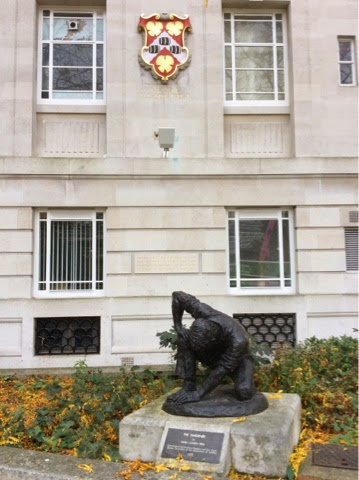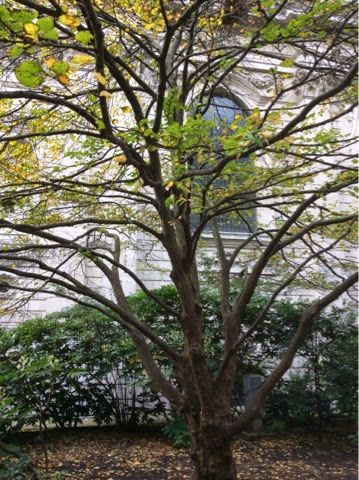Start at Mansion House station.
Turn right into Queen Victoria Street, next to Huggin Hill.
Cross the road into Friday Street and onto Cannon Street.
Cross New Change into St Paul's Churchyard.
Out of the churchyard and into Queens Head Passage to Newgate Street.
Turn into King Edward Street.
Continue past Angel Street, through Postmans Park and onto St Martins Le-Grand.
Turn right onto London Wall and continue to Monkwell Square (via car park entrance)
Back onto London Wall, and round into Aldermanbury Square.
Back to Aldermanbury and turn into Love Lane.
Across Wood Street, through St Albans Court and into Oat Lane.
Continue to Noble Street and down to Gresham Street - end.

















































